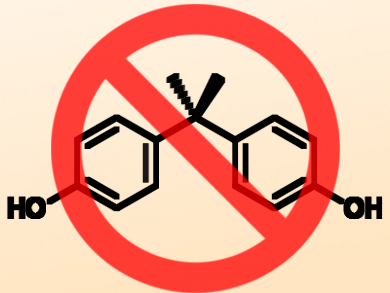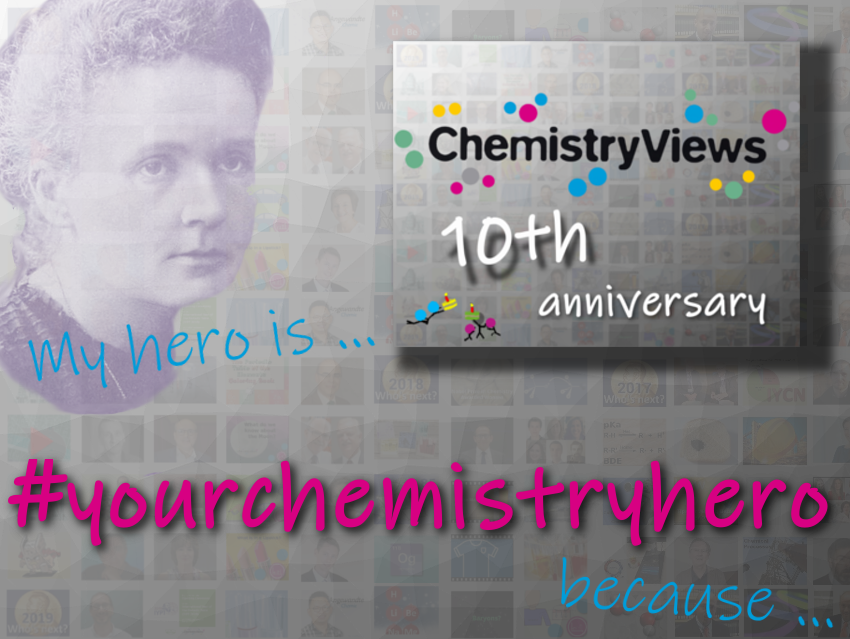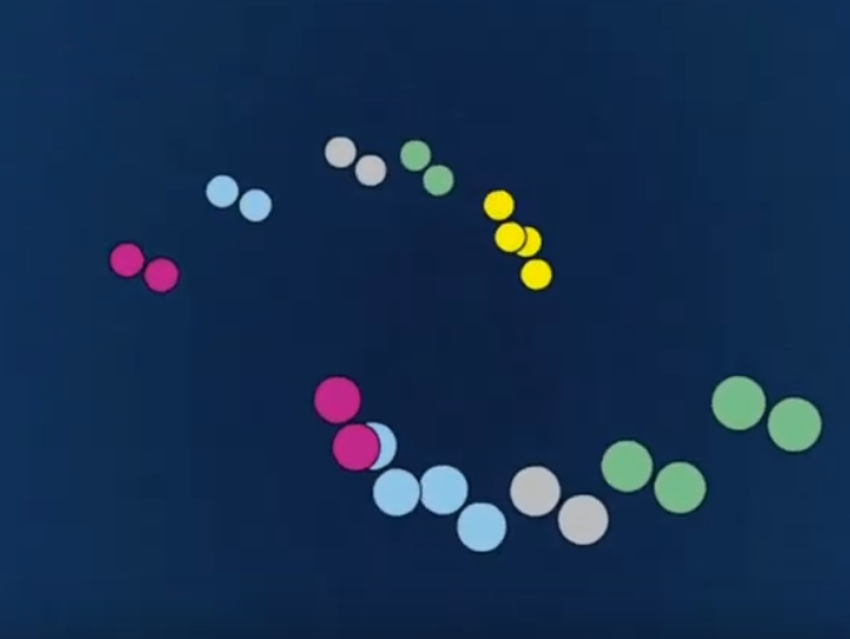Bisphenol A (BPA; 4,4′-dihydroxy-2,2-diphenylpropane) is toxic for reproduction and a substance of very high concern (SVHC), the European Court of Justice (ECJ) ruled. By this, the court confirms the status of this intensively-used organic compound as an SVHC under the REACH regulation.
The use of BPA in baby bottles has been banned in the European Union since June 2011. Thermal paper has to be BPA free by 2020. However, BPA is still extensively used in other products. It is a starting material for the synthesis of plastics, especially of certain polycarbonates and epoxy resins. BPA is widely found in food cans, plastic bottles, plastic toys, flooring, furniture, construction materials, curtains, footwear, leather products, paper and cardboard products, and electronic equipment. BPA has been linked to health problems, including damage of the kidney and liver, infertility, breast cancer, brain and behavioral disorders, weakening of the immune system, diabetes, and obesity. Human exposure to BPA is widespread: BPA can, e.g., leach into food from packaging and from polycarbonate bottles into liquid. It is in the urine of over 90 % of people.
NGOs suspect that, if BPA is banned, it will be quickly substituted by bisphenol S (BPS). BPS is a related and so far unregulated chemical. However, concerns have been raised that BPS acts similarly to human health as BPA. To prevent such substitutions, NGOs such as the European Environmental Bureau (EEB) call for a group approach to regulate chemicals instead of the one-by-one approach currently used by European law.
The ECJ is expected to rule on whether BPA is also an endocrine disrupter (i.e., it can mimic the effects of hormones) on September 20, 2019.
- European Environmental Bureau (EEB), Brussels, Belgium
- No 92/2019, Judgment of the General Court in case T-185/17, Court of Justice of the European Union, Luxembourg 11 July 2019.
Also ofInterest
- How Does Thermal Paper Work?,
ChemViews Mag. 2019.
https://doi.org/10.1002/chemv.201900038




